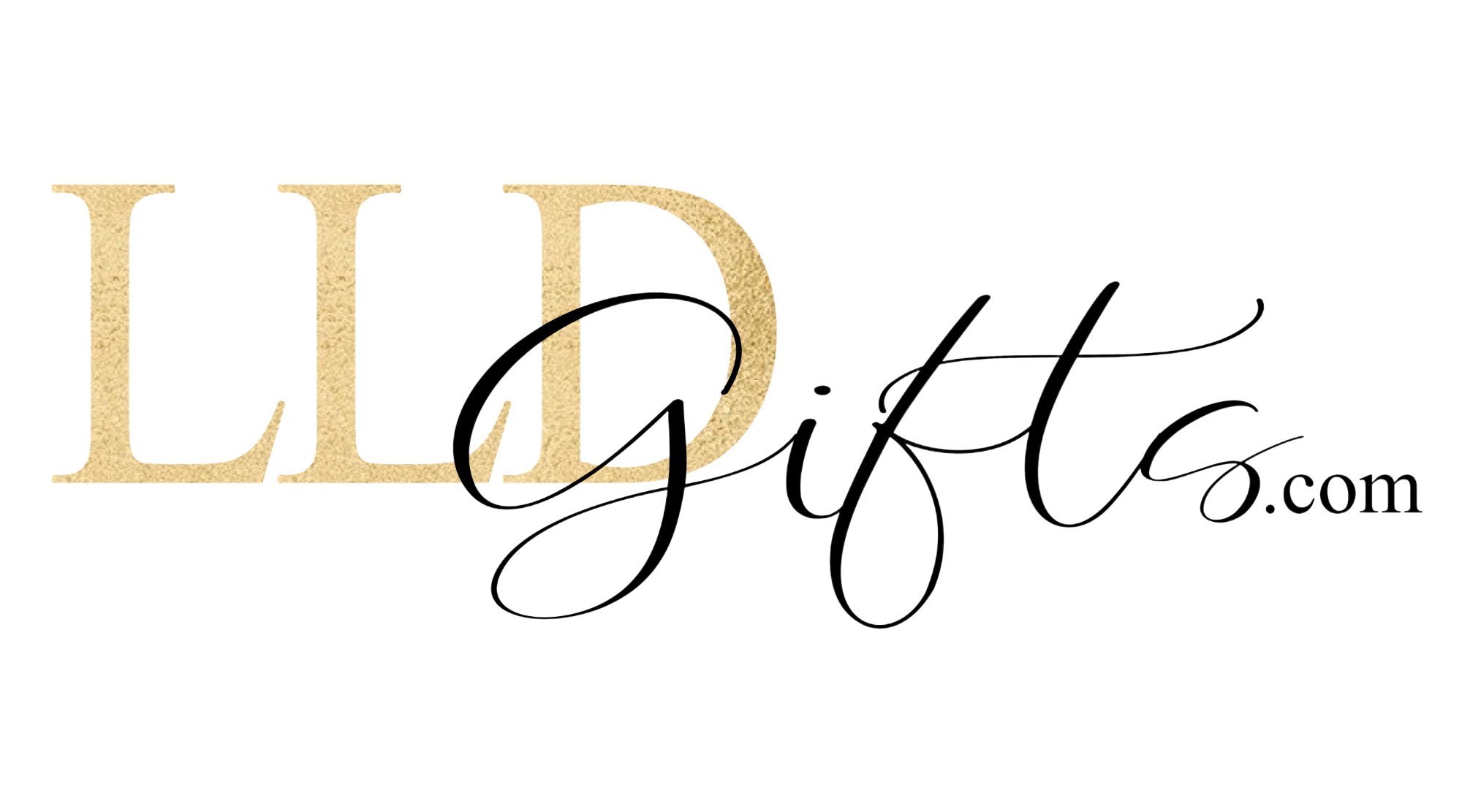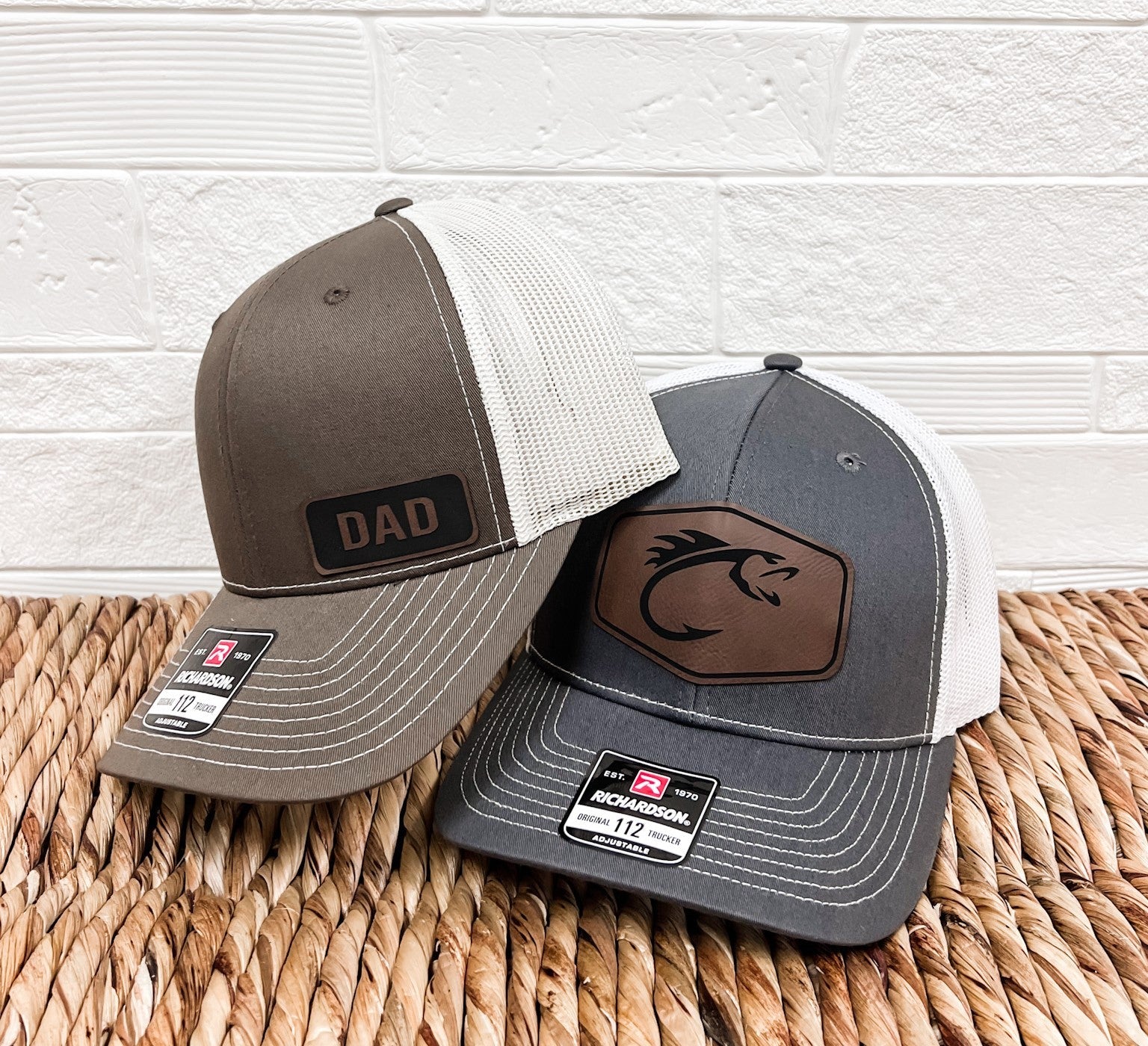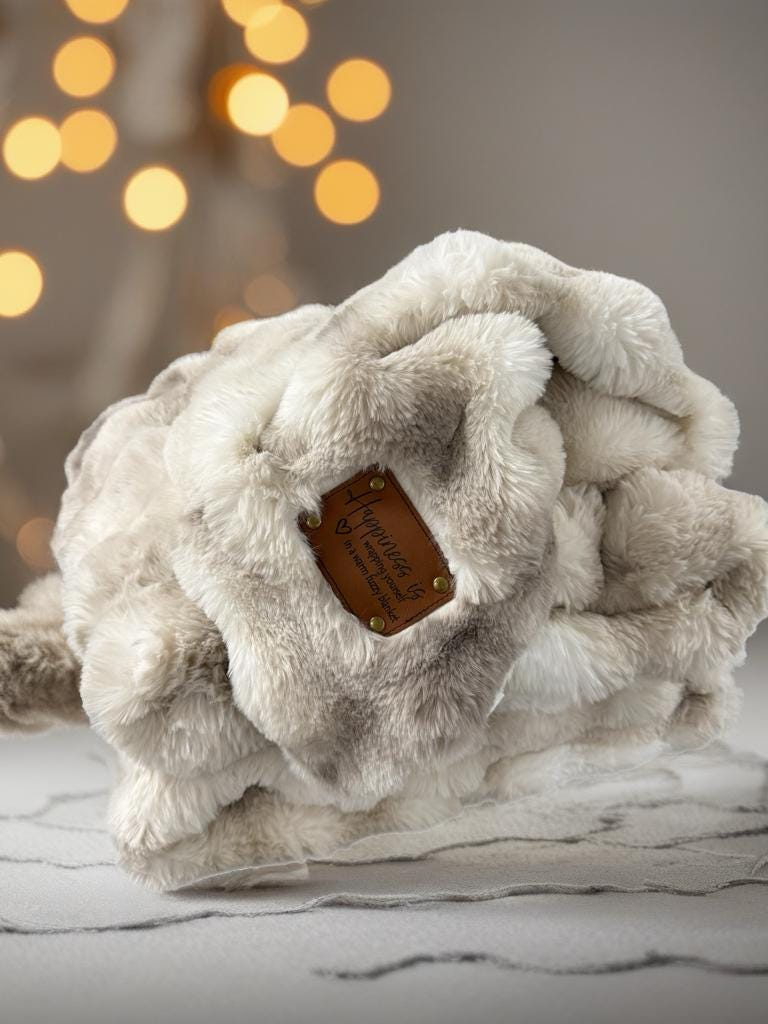
Measuring Impact: How to Track the Success of Your Gifting Strategy
Corporate gifting is often seen as a soft investment, something nice to do but difficult to measure. Yet in today’s business environment, every strategy is expected to show results. Leadership teams want to know: Does gifting deliver a return?
The answer is yes, but only if you track the right metrics. A thoughtful gifting strategy can improve client retention, increase referrals, and strengthen employee engagement. Measuring these outcomes turns gifting from a cost center into a proven business driver.
This article explores how businesses can measure the impact of corporate gifting and demonstrate the tangible value it brings.
Defining Success in Corporate Gifting
Before you can measure impact, you need to define what success looks like for your organization. Goals may differ depending on whether you are focusing on clients, employees, or partners.
-
For clients: stronger relationships, repeat business, referrals.
-
For employees: improved morale, engagement, and retention.
-
For partners: smoother collaboration, loyalty, and trust.
Clarity on goals ensures you track metrics that matter rather than vanity numbers.
Key Metrics for Client-Facing Gifting
1. Client Retention Rates
One of the clearest signs that gifting is working is client retention. When clients feel valued, they are more likely to renew contracts and less likely to entertain competitors. Track renewal rates among clients who receive gifts compared to those who do not.
2. Referral Frequency
A thoughtful gift can spark conversations. Clients who feel appreciated are more likely to recommend your company to peers. Monitor how many referrals are generated after key gifting campaigns.
3. Engagement After Gifting
Notice changes in how clients respond after receiving gifts. Do they reply faster to emails? Do they schedule more follow-up meetings? These micro-signals can add up to significant long-term value.
4. Net Promoter Score (NPS)
Survey clients periodically and compare scores across those who have been part of gifting campaigns versus those who have not. Gifts often improve overall brand sentiment.
Key Metrics for Employee-Focused Gifting
1. Employee Retention and Turnover
Retention is one of the biggest cost drivers for businesses. Tracking whether employee turnover decreases after implementing a gifting program can show the value of recognition and appreciation.
2. Engagement Survey Scores
Many organizations run quarterly or annual engagement surveys. Look for positive changes in questions related to recognition, culture, and morale.
3. Participation in Programs
If gifts are tied to wellness initiatives, learning opportunities, or team activities, track participation rates. Higher engagement suggests the gifts are doing their job.
Tracking ROI on Gifting Programs
While emotional benefits are important, financial ROI matters too. To calculate ROI, compare the total investment in gifting against measurable outcomes such as increased renewals, higher employee retention, or greater lifetime value of clients.
For example:
-
A $10,000 gifting investment that results in three contract renewals worth $100,000 each shows clear ROI.
-
A wellness gifting initiative that reduces turnover by even 5 percent can save thousands in recruitment and training costs.
By connecting gifting directly to business outcomes, you move the conversation from “nice to have” to “essential.”
The Role of Feedback in Measuring Impact
Numbers tell part of the story, but feedback provides context. Encourage recipients to share their reactions through surveys, thank-you notes, or informal conversations.
Questions to ask include:
-
Did the gift make you feel appreciated?
-
Did it strengthen your connection with the company?
-
Was it relevant and meaningful?
Qualitative feedback can help you refine your strategy and improve future campaigns.
Technology Tools for Tracking Success
Modern technology makes it easier to measure gifting impact. Platforms now allow businesses to:
-
Track gift delivery and redemption rates.
-
Collect feedback automatically.
-
Integrate gifting data with CRM systems to monitor client engagement.
-
Compare performance across different campaigns.
By leveraging technology, you can move beyond guesswork and gain real insight into what works.
Case Study – Proving ROI Through Data
A consulting firm wanted to prove the value of its gifting program. They segmented clients into two groups: one received carefully personalized gifts, the other did not.
Over 12 months, the firm tracked retention, referrals, and client engagement. The results were clear. The group that received gifts had a 20 percent higher renewal rate, generated twice as many referrals, and reported greater satisfaction on feedback surveys.
By connecting these results to revenue, the firm demonstrated that the gifting program was not just an expense but a revenue driver.
Common Mistakes in Measuring Gifting Impact
-
Focusing only on short-term results: The benefits of gifting often appear over months or years, not days.
-
Tracking only financial ROI: Emotional and relational outcomes are equally important.
-
Ignoring segmentation: Not all clients or employees respond the same way. Segmenting helps reveal true patterns.
-
Failing to gather feedback: Numbers without context can lead to misleading conclusions.
Best Practices for Measuring Success
-
Start with clear goals: Know whether you are aiming for retention, referrals, or engagement.
-
Combine quantitative and qualitative data: Balance hard metrics with feedback.
-
Use technology wisely: Leverage tools that integrate with existing systems.
-
Review regularly: Evaluate outcomes after each campaign and refine your approach.
-
Share results internally: Show leadership how gifting contributes to measurable success.
Final Thoughts
Corporate gifting is much more than a goodwill gesture. When done thoughtfully, it creates measurable business value. The key is to define goals, track the right metrics, and listen to feedback.
By approaching gifting with the same rigor as other business strategies, you can prove its impact, secure leadership buy-in, and ensure your efforts deliver results for years to come.
Share



















